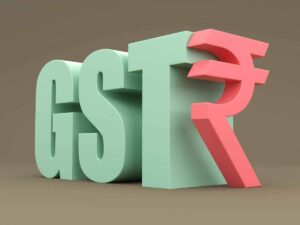GST being a technology-driven tax system, the government’s idea has been to match the sales details reported by the seller and the buyer for allowing tax credits to the buyer. This would ensure that tax credits claimed by a buyer is honoured only when his suppliers have deposited the taxes collected form the buyer to the exchequer. Due to pressure from the industry and trade, this was implemented in phases.
Since October 2019, the government has reduced the extent of tax credits available to businesses where vendors have not uploaded details. Now it is capped at 5% compared to 20% in October 2019.
The announcement on aligning rule 36(4) of CGST Rules with section 16(2)(aa) of the CGST Act throws light on the government’s clear intent to restrict input tax credit availability to matched credit, PwC said.
The emphasis on tightening of rules comes at a time central and state governments are not in a position to raise tax rates to boost revenue receipts. Denial of input tax credit for the fault of vendors would force businesses to transact only with law abiding suppliers.
 Since October ’19, the government has cut tax credits available to businesses where vendors fail to upload details
Since October ’19, the government has cut tax credits available to businesses where vendors fail to upload details